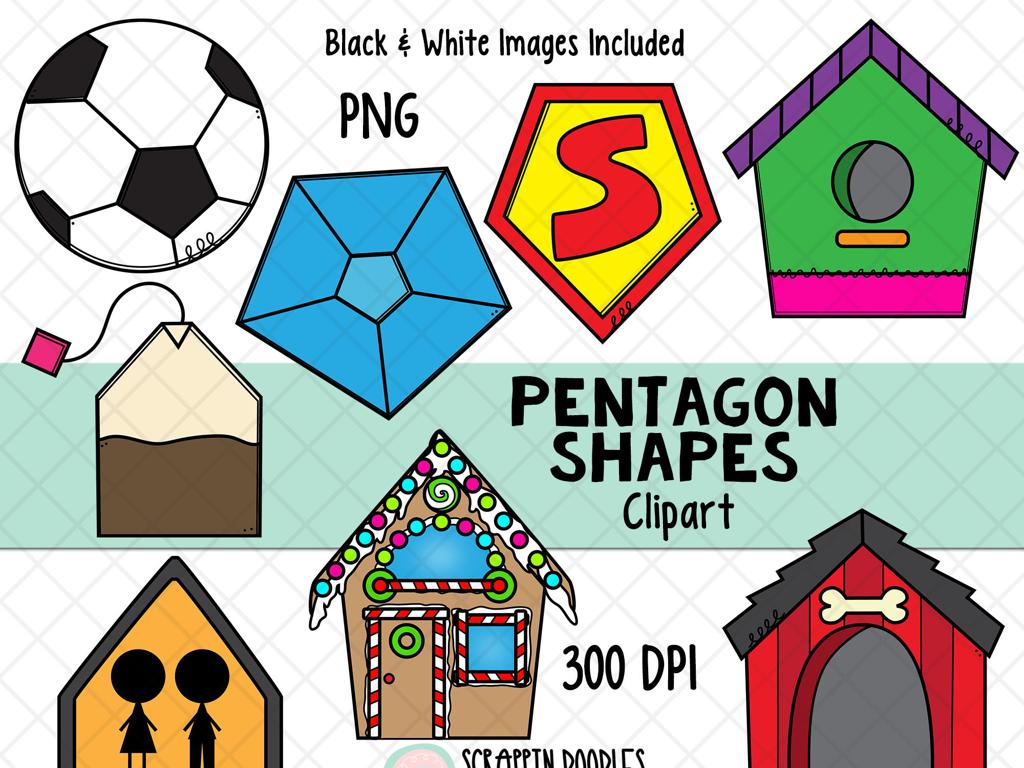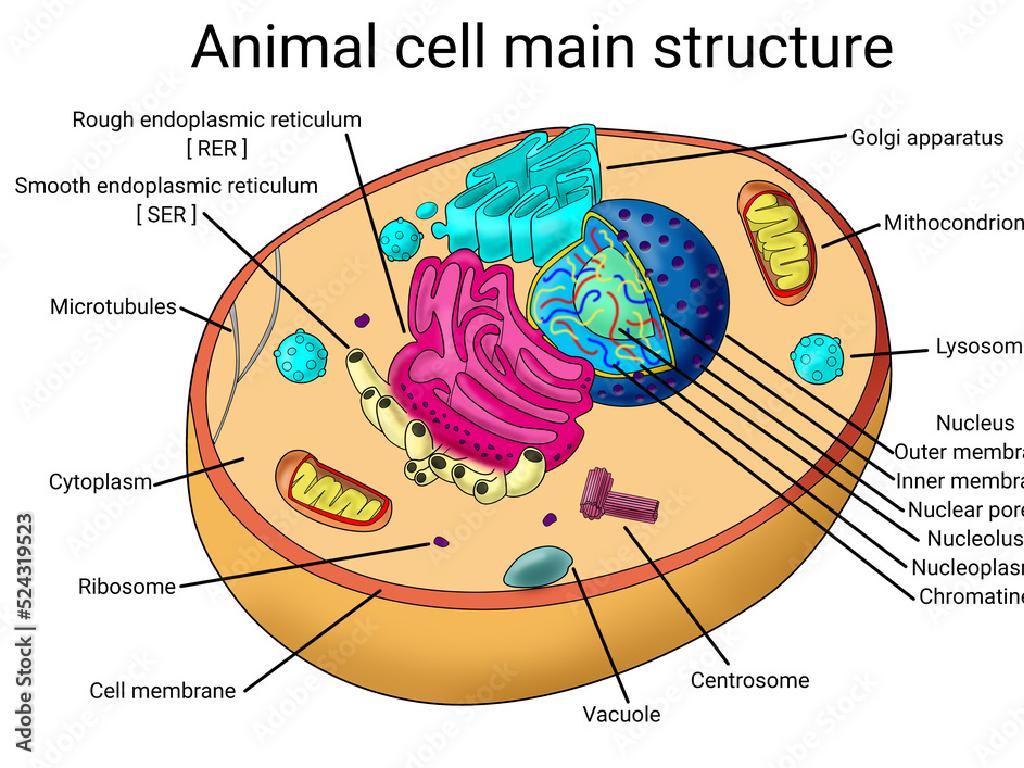Match Offspring To Parents Using Inherited Traits
Subject: Science
Grade: Fifth grade
Topic: Traits And Heredity
Please LOG IN to download the presentation. Access is available to registered users only.
View More Content
Traits and Heredity: Inherited Traits
– How traits pass from parents to offspring
– Defining inherited traits
– Traits that are passed genetically from parents to their children
– Human inherited trait examples
– Eye color, hair type, and earlobe attachment
– Animal inherited trait examples
– Fur patterns in cats, beak shape in birds
|
This slide introduces the concept of heredity and how certain characteristics, known as inherited traits, are transmitted from parents to their offspring. Begin by explaining that traits can be physical features or behaviors that are passed down through generations. Provide clear examples of inherited traits in humans, such as eye color or the type of earlobes a person has, to help students connect with the material. Then, move on to examples in animals, like the patterns of fur in cats or the shape of a bird’s beak, to show the diversity of inherited traits across species. Encourage students to think of traits they have that are similar to their parents or siblings. This will help them understand the concept of heredity in a relatable way.
Understanding Heredity
– Heredity: Trait transmission
– Heredity is how offspring get traits from parents.
– Parents contribute traits
– Each parent gives half of the genetic info.
– Traits vary widely
– Traits can be physical features or behaviors.
– Examples: eye color, leaf shape
– Traits like eye color in humans, leaf shape in plants.
|
This slide introduces the concept of heredity, which is a fundamental principle of genetics. Heredity explains how characteristics and traits are passed down from parents to their offspring. It’s important to highlight that each parent contributes half of the genetic information to their children, resulting in a combination of traits. Use relatable examples such as eye color, leaf shape in plants, or beak size in birds to illustrate the concept. Encourage students to think about their own traits and which ones they might have inherited from their parents. This will set the stage for learning how to match offspring to parents based on inherited traits.
Inherited vs. Learned Traits
– Inherited traits: genetic gifts
– Traits like eye color or leaf shape passed from parents
– Learned traits: life’s lessons
– Skills like speaking or cycling learned from experience
– Activity: Traits scavenger hunt
Find examples of both types of traits in your surroundings
– Discuss: Traits in our lives
|
This slide introduces the concept of inherited and learned traits to the students. Inherited traits are those that are passed down from parents to offspring through genes, such as hair color in humans or leaf patterns in plants. Learned traits, on the other hand, are acquired through interaction with the environment, such as learning a language or how to ride a bike. The activity encourages students to actively engage with the material by identifying examples of both inherited and learned traits in their own lives or in nature. This will help solidify their understanding of the difference between the two types of traits. The discussion that follows the activity will allow students to share their findings and reflect on the traits they observe.
Dominant and Recessive Traits
– Dominant traits overpower recessive
– Like brown eyes or curly hair
– Recessive traits may skip generations
– Hidden in parents, seen in kids
– Example: Brown vs. blue eyes
– Brown eyes (B) are dominant, blue eyes (b) are recessive
– Predicting offspring traits
– Use Punnett squares to predict
|
This slide introduces the concept of dominant and recessive traits to the students. Dominant traits are those that are expressed or seen when a gene is inherited from just one parent. Recessive traits, on the other hand, may not be expressed unless the gene is inherited from both parents. For example, brown eyes are a dominant trait, while blue eyes are recessive. This means that a child with one brown-eyed gene (B) and one blue-eyed gene (b) will have brown eyes. The slide also sets the stage for understanding how to predict the traits of offspring using tools like Punnett squares, which will be covered in more detail in subsequent lessons. Encourage students to think of traits in their families and how they might have been passed down through generations.
Matching Offspring to Parents
– Offspring inherit traits mix
– Predicting traits’ likelihood
– Activity: Match baby animals
– Look at the baby animals’ traits
– Use traits to find parents
– Identify which traits come from which parent
|
This slide introduces the concept of heredity and how offspring inherit a combination of traits from their parents. It sets the stage for an interactive class activity where students will apply their understanding by matching baby animals to their parents based on inherited traits. For the activity, provide various pictures of baby animals and potential parents, and let the students use their critical thinking to match them. Possible traits to consider could be fur color, beak shape, or tail length. This hands-on approach will help solidify the students’ grasp of heredity and the inheritance of traits. Make sure to have a discussion afterward to review their matches and the reasoning behind them.
Inherited Human Traits
– Variety of inherited traits
– Common traits: eye color, hair type
– Traits like curly or straight hair, brown or blue eyes
– Earlobe attachment
– Attached or detached earlobes are inherited
– Discuss your inherited traits
– Share traits you got from mom or dad
|
This slide aims to introduce students to the concept of inherited traits in humans. Begin by explaining that traits are characteristics passed from parents to their children through genes. Highlight common examples such as eye color, hair type, and earlobe attachment to make the information relatable. Facilitate a class discussion by asking students to identify traits they have inherited from their parents. This activity will help students make personal connections to the concept of heredity and understand that traits can be observed in their own families. Encourage them to think about the diversity of traits in the classroom and how each trait is part of their unique genetic makeup.
Plant Traits and Inheritance
– Plants inherit traits like us
– Leaf shape, flower color, seed type
– Activity: Leaf Parentage Prediction
– Compare leaves to predict parent plants
– Observe and compare leaf traits
– Look at shape, size, and texture
|
This slide introduces students to the concept that plants, much like humans and animals, inherit traits from their parent plants. Traits such as leaf shape, flower color, and seed type are passed down through generations. The class activity involves students examining various leaves and using their characteristics to predict the parent plants. Encourage students to observe details like the shape, size, and texture of the leaves. This activity will help them understand how inherited traits can be used to identify relationships in plants. Provide a diverse range of leaves for the students to compare and ensure they understand that while some traits are easily observable, others may require more careful examination.
Class Activity: Trait Scavenger Hunt
– Find classmates with different traits
– Tally traits on a chart
– Mark a tally for each occurrence of a trait
– Discuss trait variations
– How do traits differ among us?
– Understand heredity through class traits
– Traits in our class show heredity in action
|
This interactive class activity is designed to help students observe and understand heredity by finding and recording inherited traits among their classmates. Provide students with a chart to tally the occurrences of various traits such as eye color, hair type, and earlobe attachment. Once the data is collected, lead a discussion on how these traits vary and what this variation tells us about the way traits are passed down from parents to offspring. Encourage students to consider dominant and recessive traits and how they can predict the likelihood of traits appearing in future generations. This activity will help solidify the concept of heredity by providing a hands-on learning experience.
Conclusion: Traits and Heredity
– Recap: Inherited Traits
– Traits passed from parents to offspring
– Dominant vs. Recessive Traits
– Dominant traits overpower recessive ones
– Engage in Q&A Session
– Ask questions to clear up any confusion
– Reinforce Key Concepts
– Review main points to solidify understanding
|
As we wrap up our lesson on traits and heredity, it’s important to revisit the key concepts. Start by summarizing how inherited traits are passed down from parents to their children, using examples like eye color or hair type. Discuss the difference between dominant and recessive traits, ensuring students understand why certain traits appear more frequently. Open the floor for a question and answer session, encouraging students to ask about any aspect of the lesson they’re unsure about. This will help clarify misunderstandings and reinforce their learning. Conclude by reviewing the main points of the lesson to ensure a solid grasp of the material. Consider using a fun quiz or interactive game to make the review session engaging.




/silk_road_trade_routes.jpg)
